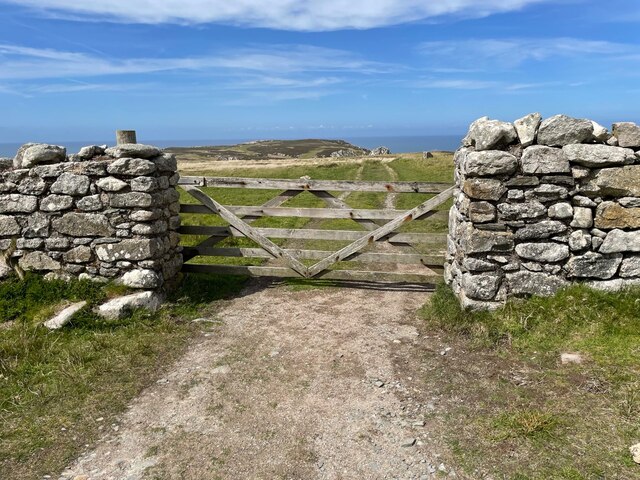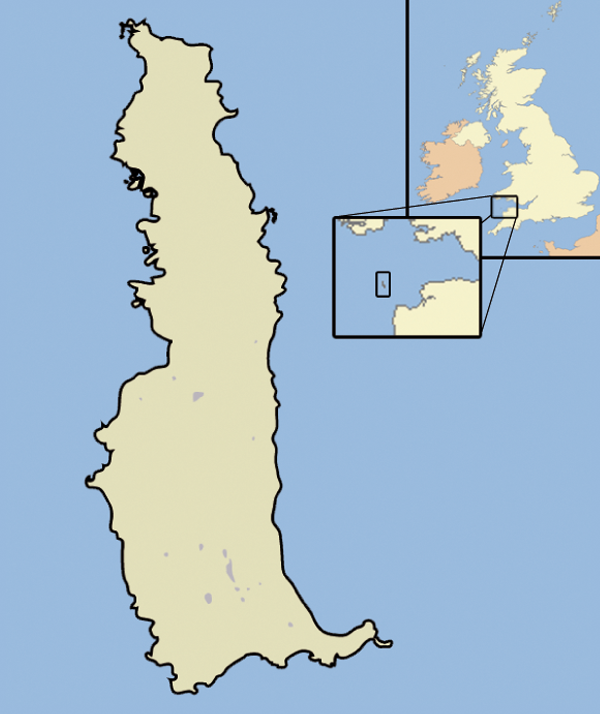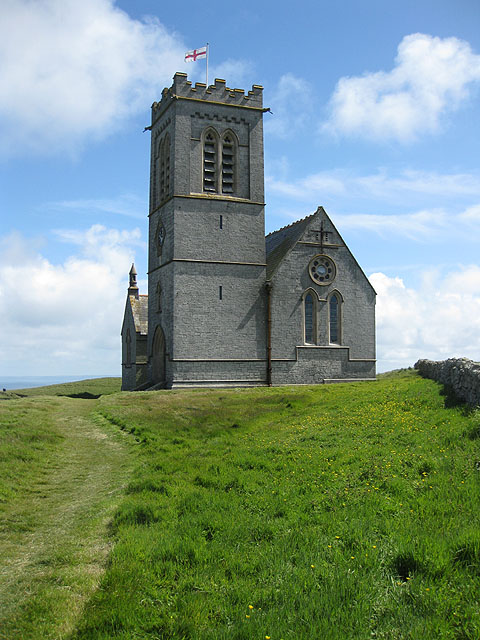Battery Point
Coastal Feature, Headland, Point in Devon
England
Battery Point
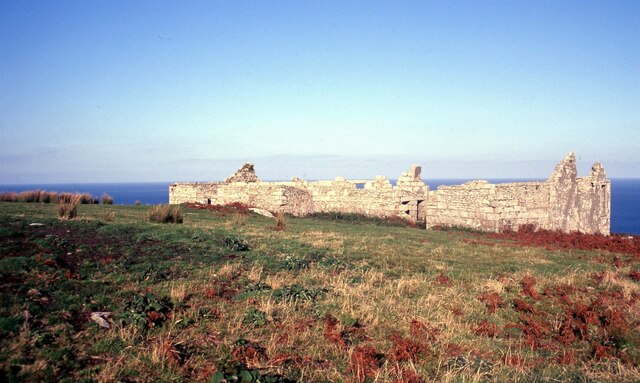
Battery Point is a prominent coastal feature located in Devon, England. It is a headland that stretches out into the sea, forming a distinctive point. With its strategic position overlooking the water, Battery Point has played an important role in the maritime history of the region.
The headland is known for its rugged beauty and is a popular destination for locals and tourists alike. Its unique geological formation is characterized by sheer cliffs that drop dramatically into the sea. The point offers breathtaking views of the surrounding coastline, making it a favored spot for photographers and nature enthusiasts.
Battery Point gets its name from the historic fortifications that once stood on its grounds. These defensive structures were built in the 19th century to protect the coast from potential invasions. While the fortifications are no longer in use, their remnants can still be seen, adding an intriguing historical element to the site.
The area surrounding Battery Point is rich in biodiversity, making it a haven for wildlife. Seabirds such as gulls, cormorants, and puffins can often be spotted nesting on the cliffs, while seals and dolphins can occasionally be seen swimming in the waters below.
Access to Battery Point is relatively easy, with a footpath leading from the nearby town. The headland is a popular location for coastal walks, providing visitors with the opportunity to explore the rugged terrain and immerse themselves in the natural beauty of the area.
Overall, Battery Point is a stunning coastal feature that offers a blend of natural beauty and historical significance. Its unique geological formations, historical fortifications, and abundant wildlife make it a must-visit destination for anyone exploring the Devon coastline.
If you have any feedback on the listing, please let us know in the comments section below.
Battery Point Images
Images are sourced within 2km of 51.172251/-4.6808184 or Grid Reference SS1244. Thanks to Geograph Open Source API. All images are credited.

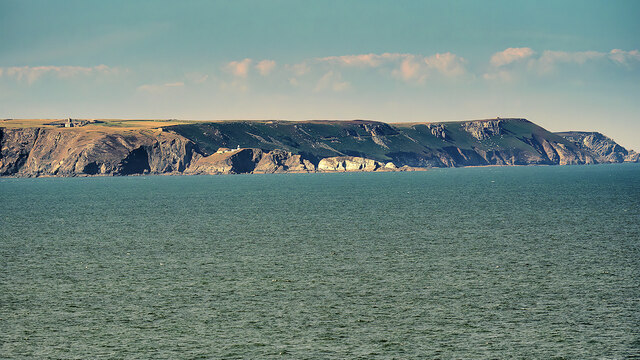
Battery Point is located at Grid Ref: SS1244 (Lat: 51.172251, Lng: -4.6808184)
Administrative County: Devon
Police Authority: Devon and Cornwall
What 3 Words
///undivided.heartened.says. Near Northam, Devon
Nearby Locations
Related Wikis
Jenny (1783 ship)
Jenny was built at Newfoundland in 1783. She sailed to Britain and traded between Britain and Newfoundland and then between Bristol and Africa until 1790...
Lundy
Lundy is an English island in the Bristol Channel. It forms part of the district of Torridge in the county of Devon. About 3 miles (5 kilometres) long...
St Helen's Church, Lundy
Saint Helen's Church, also often incorrectly known as Saint Helena's Church, is an Anglican church on the 445 ha (1,100 acres) island of Lundy, lying at...
Nearby Amenities
Located within 500m of 51.172251,-4.6808184Have you been to Battery Point?
Leave your review of Battery Point below (or comments, questions and feedback).

